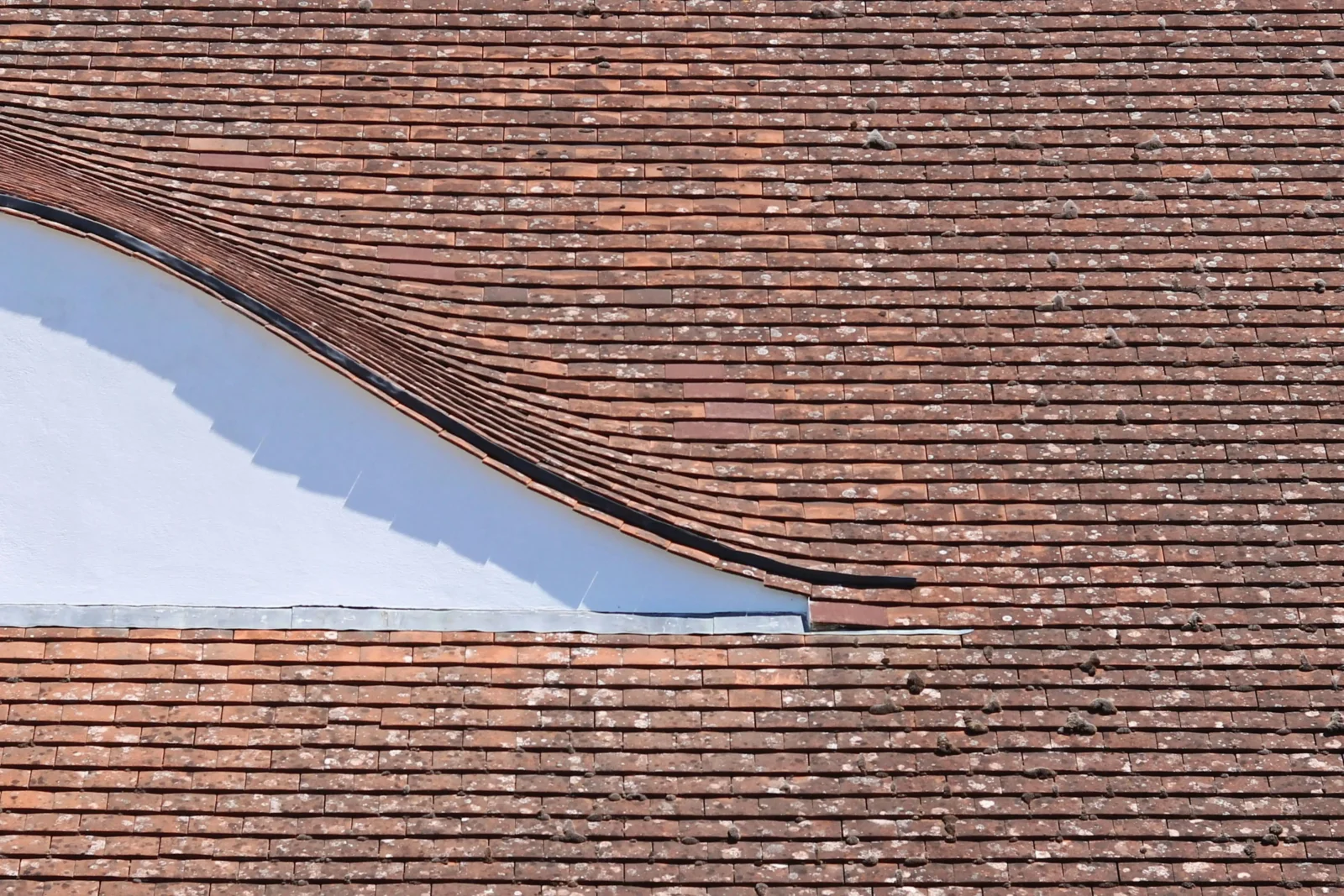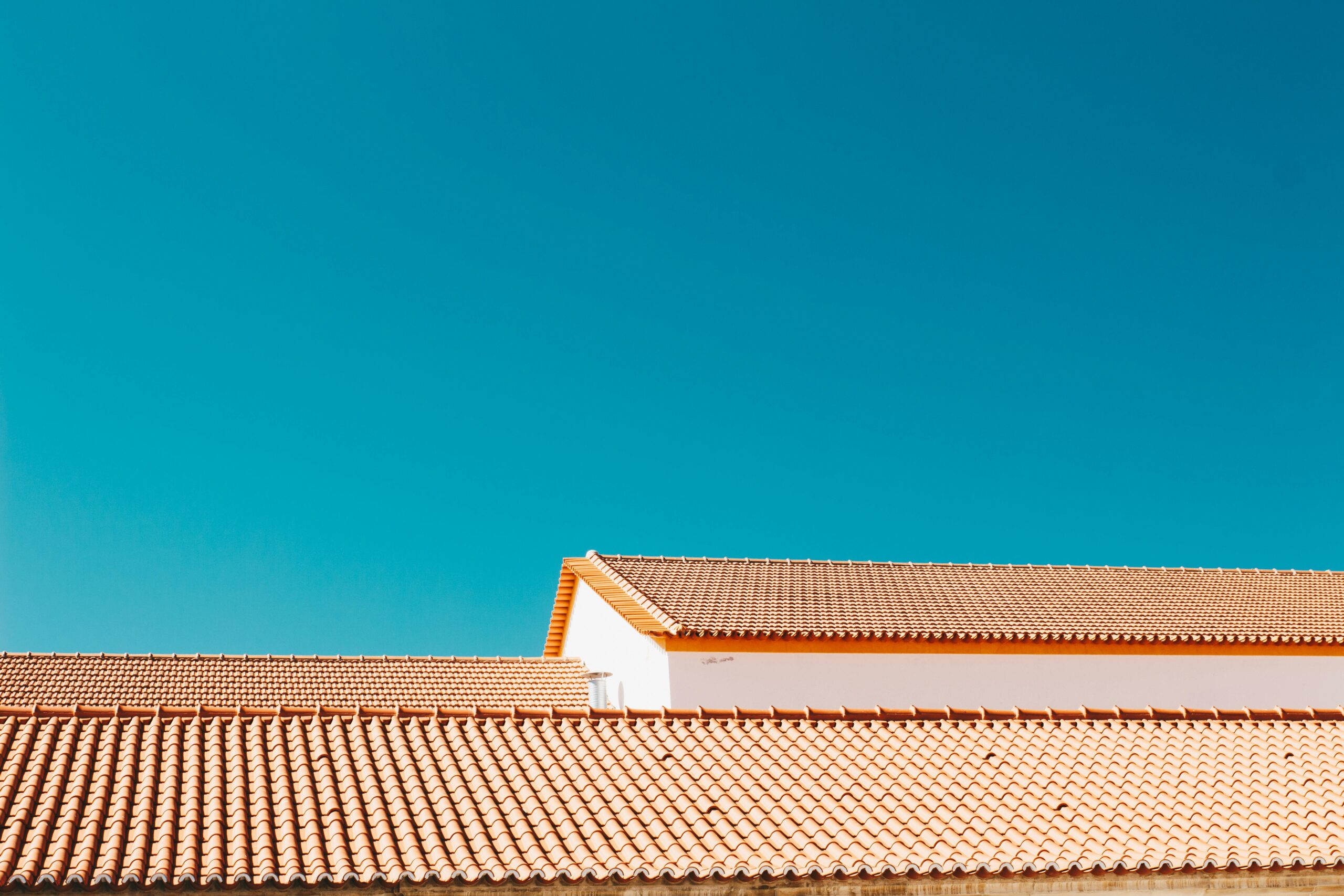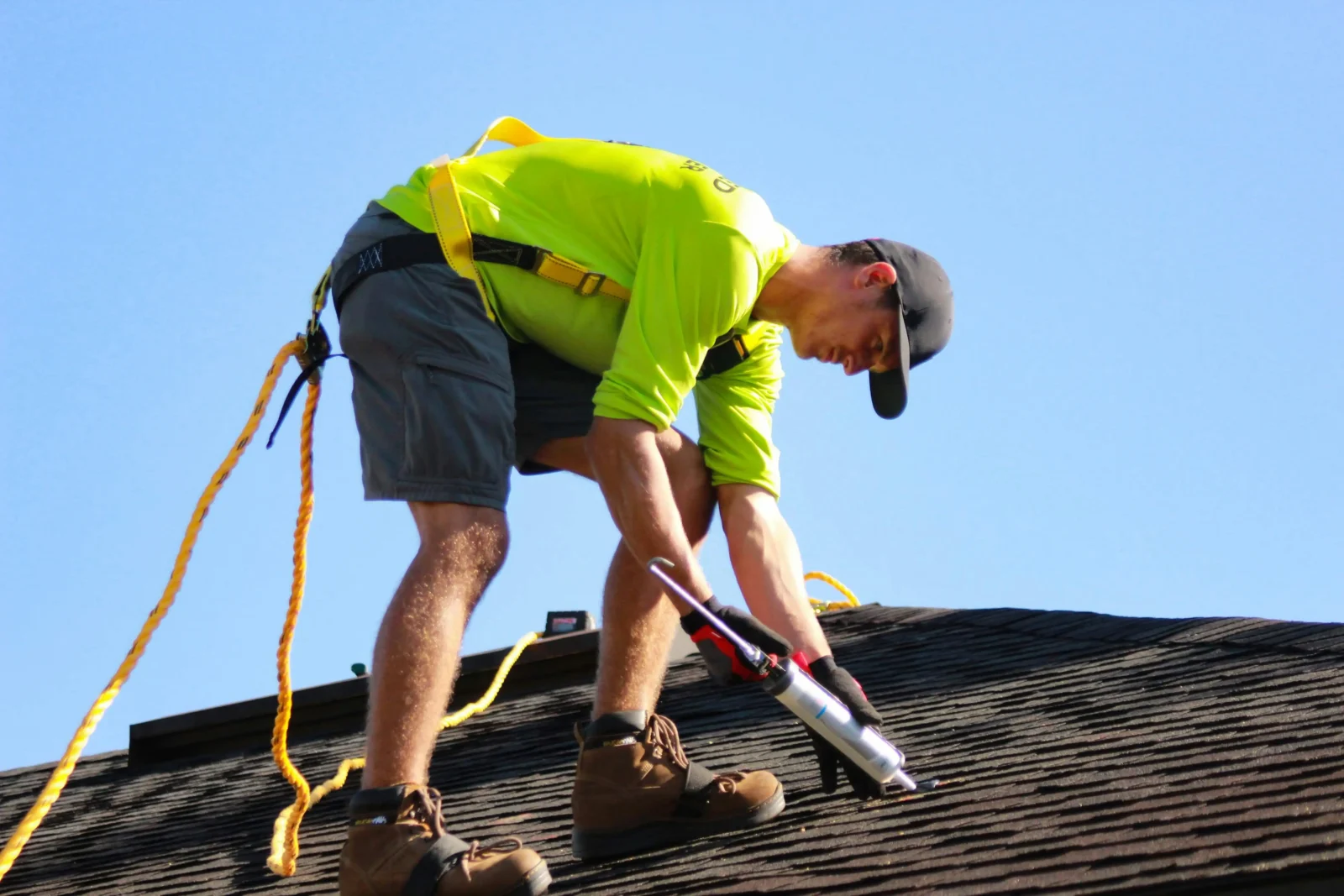- Home
- Articles
- Architectural Portfolio
- Architectral Presentation
- Inspirational Stories
- Architecture News
- Visualization
- BIM Industry
- Facade Design
- Parametric Design
- Career
- Landscape Architecture
- Construction
- Artificial Intelligence
- Sketching
- Design Softwares
- Diagrams
- Writing
- Architectural Tips
- Sustainability
- Courses
- Concept
- Technology
- History & Heritage
- Future of Architecture
- Guides & How-To
- Art & Culture
- Projects
- Interior Design
- Competitions
- Jobs
- Store
- Tools
- More
- Home
- Articles
- Architectural Portfolio
- Architectral Presentation
- Inspirational Stories
- Architecture News
- Visualization
- BIM Industry
- Facade Design
- Parametric Design
- Career
- Landscape Architecture
- Construction
- Artificial Intelligence
- Sketching
- Design Softwares
- Diagrams
- Writing
- Architectural Tips
- Sustainability
- Courses
- Concept
- Technology
- History & Heritage
- Future of Architecture
- Guides & How-To
- Art & Culture
- Projects
- Interior Design
- Competitions
- Jobs
- Store
- Tools
- More

Your roof is your home’s first line of defense against the elements. Choosing the right one isn’t just about style – it’s about protection, longevity, and energy efficiency. The wrong roof can lead to higher energy bills, costly repairs, and discomfort year-round. The right roof can help your home stay cooler in the summer, warmer in the winter, and sturdier through storms. If you want to protect your investment and create a comfortable living space, you must match your roofing material to the climate you live in.

Table of Contents
ToggleCold and Snowy Climates: Durability and Insulation Matter
Asphalt shingles, composite shingles, and metal roofs all perform well, but you need to think about insulation and snow-shedding ability too. Metal roofs are a fantastic option because snow slides right off, reducing the risk of ice dams. You must install a proper underlayment to prevent water from seeping in. If you’re not sure which material is best for your home, reaching out to a go-to roofing company in Poughkeepsie or other reputable professionals can help you get expert advice tailored to your specific needs. Opt for roofs with steep pitches to prevent snow accumulation and make sure your roofing system includes effective insulation and ventilation to avoid moisture problems inside your home.
Hot and Sunny Climates: Reflect Heat, Save Energy
If you live in a place where the sun blazes most of the year, such as Arizona, Texas, or parts of Florida, your roof needs to reflect heat instead of absorbing it. Materials like clay tiles, light-colored asphalt shingles, and metal roofing are ideal. These options reflect sunlight, lowering your cooling costs. Clay and terracotta tiles are popular because they also allow airflow underneath, keeping your attic cooler. Metal roofs, even those coated with reflective paint, bounce solar radiation away from your home. The color of your roof also matters – lighter colors are better at reflecting heat.
Humid and Rainy Climates: Prioritize Waterproofing
Living in a wet climate like the Pacific Northwest or parts of the Southeast means your roof must resist constant moisture. If you don’t pick the right material, you risk mold, algae, and rot. Metal roofs shine in these areas because they’re nearly impervious to water and mold. Asphalt shingles treated with anti-algae coatings also perform well. Slate and synthetic slate offer excellent waterproofing and long lifespans but come at a higher price. Avoid wood shingles or shakes unless you’re prepared for constant maintenance, as they tend to absorb moisture and encourage mold growth.
High-Wind and Hurricane Zones: Strength Above All
In hurricane-prone areas like the Gulf Coast, the Caribbean, and coastal cities, your roof needs to withstand brutal winds and flying debris. Metal roofing is again a top contender because of its durability and interlocking panels. Impact-resistant shingles are also available and can provide extra protection against hail and debris. Always look for roofing materials rated for high-wind resistance (some can handle gusts up to 150 mph or more). Installation is just as important as material – if your roof isn’t installed properly, even the best materials can fail. Reinforced fasteners, stronger adhesives, and wind straps can significantly improve your roof’s ability to survive a storm.
Desert and Arid Climates: Manage Drastic Temperatures
In arid desert regions, such as Nevada and parts of California, your roof needs to handle extreme temperature swings. During the day, temperatures can skyrocket, only to plummet at night. Clay tiles, concrete tiles, and metal roofing are excellent options because they can endure intense heat and sudden cooling without cracking. Clay tiles allow for better air circulation under the roof, which keeps indoor temperatures more stable. Metal roofs with heat-reflective coatings can also provide significant energy savings. Roof ventilation is vital too, allowing trapped heat to escape and preventing damage to the roof structure over time.
Moderate and Mixed Climates: Balance Is Key
Asphalt shingles dominate here for a good reason – they’re versatile, affordable, and suitable for a wide range of weather conditions. Architectural shingles offer even better performance with added thickness and wind resistance. Metal roofs are becoming more popular in these areas because they can handle snow loads, rain, and summer heat effectively. Slate and synthetic options are durable and attractive, but cost more upfront. When you have a mix of rain, snow, heat, and cold, it’s important to choose a roof with good drainage, solid insulation, and flexible weather resistance to secure year-round performance.

Picking the right roof for your climate isn’t optional – it’s a necessity if you want to avoid headaches and costly repairs. Think beyond aesthetics and focus on functionality. Analyze your local weather patterns and choose materials designed to perform well under those conditions. A roof that suits your environment will lower your energy bills, boost your home’s value, and provide peace of mind for decades. Don’t settle for what looks good today. Pick the roof that will stand strong tomorrow, through every storm, every season, and every surprise your climate can throw your way.
illustrarch is your daily dose of architecture. Leading community designed for all lovers of illustration and #drawing.
Submit your architectural projects
Follow these steps for submission your project. Submission FormLatest Posts
Best Practices for Roof Inspections and Maintenance
On most projects, the roof spends decades out of sight while carrying...
Sunny Days, Secure Roof: Simple Steps to Shield Your Home
Your home is more than just a place to live—it’s a sanctuary....
Simple and Stylish Roof Ideas for Homeowners
When designing your home, don’t overlook the roof. It’s essential for both...
Key Qualities to Look For in a Residential Roofing Contractor
Choosing a residential roofing contractor involves careful consideration. The roof is a...












Leave a comment